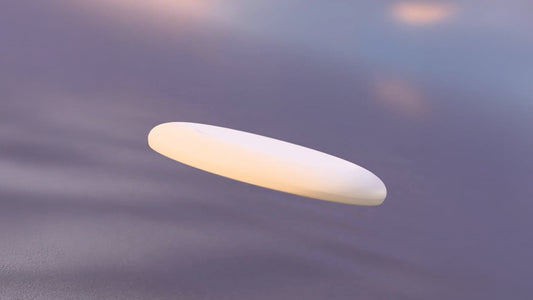Delving into the narrative of luxury fashion and accessories unveils a compelling tale of industry evolution. Balancing tradition with the demand for innovation poses a challenge, as brands navigate the fine line between being risk-averse and meeting the growing expectations of a sustainable consumer base. Once hesitant to break away from tradition, brands are now recognizing the imperative need to adapt and innovate. This paradigm shift signifies more than just a trend; it reflects a fundamental transformation in consumer values. Consumers are no longer content with products that merely look good; they want fashion that feels good, not just on the skin but also in terms of its impact on the planet.
The urgency of addressing climate change is underscored by staggering statistics. According to McKinsey, the luxury fashion industry is responsible for over $2 billion in greenhouse gas emissions annually, constituting roughly 4% of the world's total output. To put this into perspective, luxury fashion emits the same amount of greenhouse gases as the combined output of France, Germany, and the UK. This reality has propelled brands to reassess their practices and align with sustainable solutions. It's no longer merely a matter of style; it's a matter of environmental responsibility. The shift towards sustainability is reshaping the very essence of luxury fashion, demanding a commitment that goes beyond aesthetics.

As the industry undergoes this change, the spotlight is on pioneering companies that champion sustainable practices. From sourcing materials to manufacturing processes, the commitment to sustainability is redefining the essence of luxury fashion. The urgency to address climate change, overflowing landfills and reduce the ecological footprint has given rise to collaborations and partnerships geared towards fostering a circular economy with brands exploring ways to extend the lifespan of products, minimize waste, and promote circularity.
Our commitment echoes this sentiment. We strive to be at the forefront of this transformative movement with our BioCir®flex, a biobased and compostable polymer composition that symbolizes innovation, seamlessly blending traditional material familiarity and performance with cutting-edge circularity.

With our BioCir®flex, we offer a remarkable solution that preserves the same touch, feel, and performance as traditional materials. This innovative approach ensures that brands and consumers experience the familiarity they cherish without compromising on quality. Importantly, BioCir®flex goes beyond material aesthetics; it tackles the other side of the equation by addressing end-of-life concerns. Embracing new materials entails a shift in aesthetics, a change that resonates strongly with today's discerning consumers actively seeking innovation. The demand for this transformation is clear- consumers crave products with not just a novel appearance, but also a compelling end-of-life narrative. Brands that have successfully executed this approach, such as Sea Waterspoon and Helen Kirkum, serve as inspiring examples. As the paradigm shifts, our commitment with BioCir®flex not only acknowledges these industry challenges but actively seeks to address them.

Comprising high biobased content up to 85%, BioCir®flex is not just an innovative material; it's a strategic response to the immense issue of fashion waste. Beyond its flexibility and full compostability, BioCirFlex® serves as a circular alternative, significantly reducing the fashion industry's reliance on fossil fuels. Our commitment is measured by tangible outcomes, including lower petroleum-based plastic consumption, increased biomaterial adoption, reduced toxic waste accumulation, lower carbon emissions, and expanded acceptance of BioCirFlex® in waste management facilities.
To ensure a comprehensive lifecycle approach, we've forged strategic partnerships with various industrial compost facilities. This enables our BioCir®flex materials to undergo a controlled biodegradation process, seamlessly transitioning from active use to a natural return to the earth.
Partnering with these industrial compost facilities ensures that the innovative material returns to the environment harmoniously leaving no toxic waste behind. This natural decomposition, orchestrated by microorganisms in composting environments, breaks down the material into natural components, completing the circle of sustainability.

Recognizing the significance of the end-of-life phase for sustainable brands, we emphasize its multifaceted benefits. Adopting responsible end-of-life practices not only reduces the environmental impact of conventional disposal methods but also actively combats the long-term consequences of waste in landfills. Materials like BioCir®flex, designed for controlled biodegradation, enable brands to align with the values of modern consumers seeking sustainable choices. This commitment enhances brand credibility, builds trust, and propels us toward a circular future.
Our integrated approach reflects a holistic commitment to sustainability, aligning our products with consumer expectations for a regenerative and responsible industry.
 "
"


